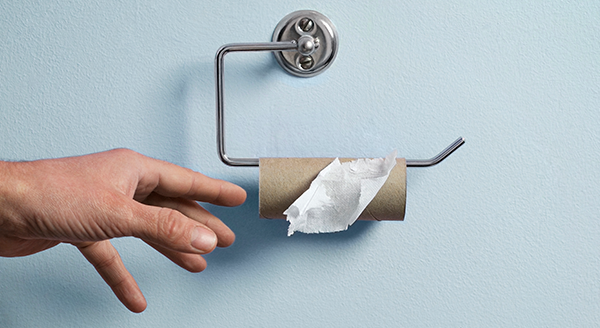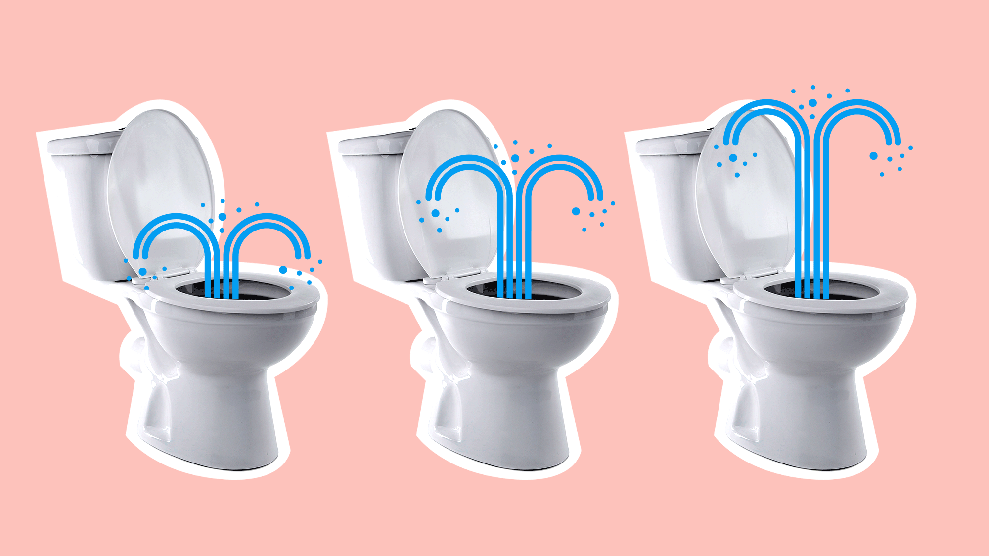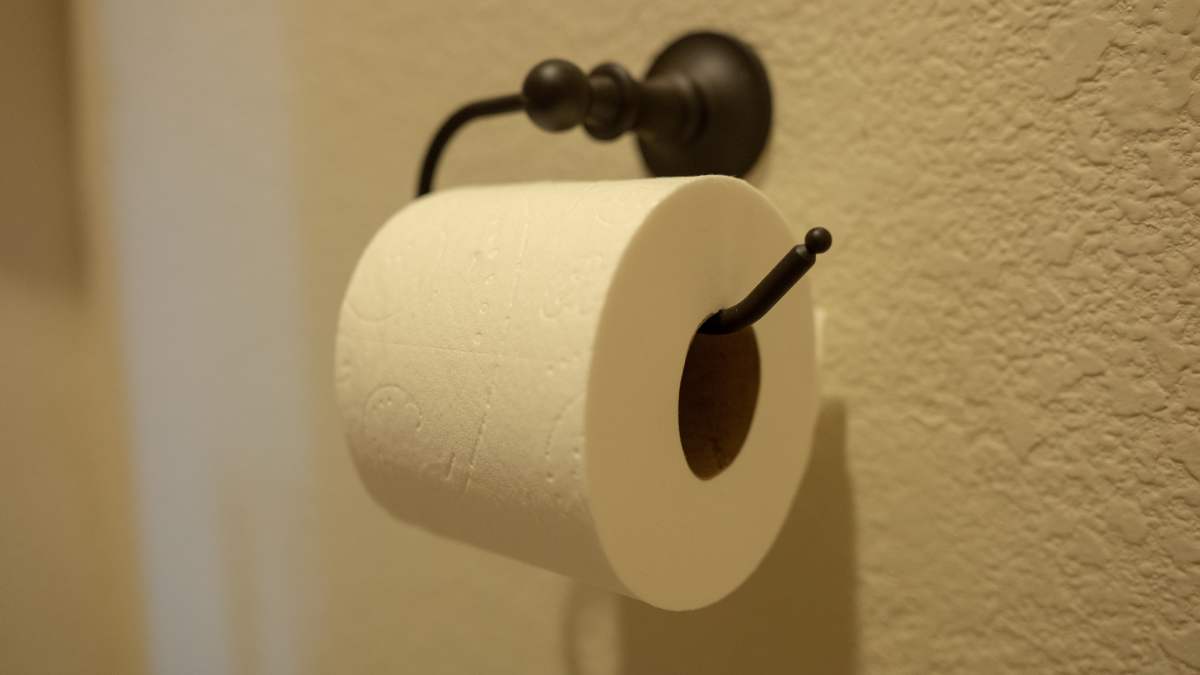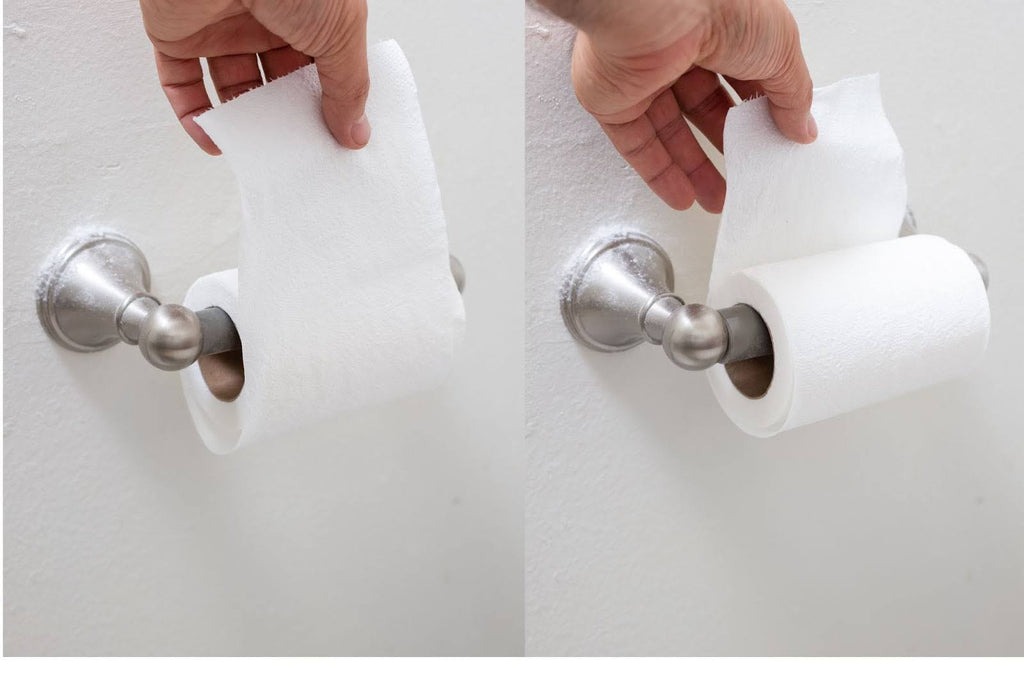Toilet paper has long been a household necessity, but growing concerns about its environmental impact are sparking a global conversation. Traditional toilet paper production relies heavily on virgin pulp sourced from trees, contributing to deforestation, excessive water usage, and the release of harmful chemicals. According to reports from Mongabay, manufacturing one roll of toilet paper can consume up to 37 gallons of water. Additionally, the chlorine-based bleaching process used in many conventional products can pollute waterways and harm wildlife. These ecological concerns have led consumers and companies to explore more sustainable alternatives.
Alternatives That Could Replace Traditional Toilet Rolls

Bamboo and Recycled Toilet Paper
Bamboo toilet paper is gaining attention due to its rapid regrowth cycle and low environmental footprint. It requires no pesticides, minimal water, and absorbs carbon efficiently. Meanwhile, recycled toilet paper—made from post-consumer materials—helps reduce landfill waste and the need for virgin tree pulp. Although both options offer greener solutions, some users report differences in texture and softness, which can affect adoption rates.
Bidets and Toilet Sprayers
In much of the world—particularly in Asia and parts of Europe—using water to cleanse after using the toilet is standard. Bidets, bidet attachments, and handheld sprayers (often called “bum guns”) are becoming increasingly popular in the West. Bidets offer a hygienic, eco-friendly alternative to wiping, drastically reducing toilet paper consumption. According to BidetMate, using a bidet can cut TP use by up to 75%, saving trees, water, and money in the long run.
Reusable Cloth Wipes
While less mainstream, reusable cloth wipes are another solution. Often used by environmentally conscious households, these wipes are washed and reused. Though effective in reducing waste, they require careful handling and hygiene practices, which may deter wider public acceptance.
The Hygiene and Health Benefits of Water-Based Cleaning
Superior Cleanliness and Skin Protection
Experts like Dr. Zac Turner (Australia) and Dr. Scott Walter (USA) support the idea that washing with water is significantly more hygienic than wiping with paper. Bidets can help prevent irritation, reduce the risk of infections, and are especially beneficial for people with sensitive skin or medical conditions like hemorrhoids.
Reduced Toilet Clogs and Plumbing Costs
Flushable wipes and excessive toilet paper use often lead to clogged pipes and expensive plumbing issues. Water-based cleaning methods, such as bidets or sprayers, alleviate stress on septic systems and municipal wastewater facilities. A report from Carroll News confirms that sewer systems experience fewer blockages when people use less paper and opt for water-based solutions.
Enhanced Comfort and Luxury
Modern bidet seats come equipped with features like warm water sprays, heated seats, air dryers, and self-cleaning nozzles, creating a spa-like experience. In countries like Japan, smart toilets with integrated bidets are common and praised for their comfort and convenience.
Challenges to Replacing Toilet Paper
Cultural Habits and Perception
In many Western countries, toilet paper is deeply ingrained in daily routines. The idea of using water instead of wiping can feel unfamiliar or even uncomfortable to some. Changing deeply rooted habits will take time, education, and cultural shifts.
Upfront Costs and Accessibility
Bidets and bamboo toilet paper can be more expensive upfront compared to traditional options. However, long-term savings on paper purchases and plumbing repairs can balance the initial investment. Portable bidet attachments now start at under $50, making them more accessible than ever.
Sanitation and Maintenance
While bidets are generally low-maintenance, proper cleaning is essential to avoid bacterial build-up. Users must also consider plumbing compatibility and water pressure in their bathrooms.
The Rise of Bidets and the Fall of TP?

Surge in Bidet Popularity Post-Pandemic
During the COVID-19 pandemic, toilet paper shortages exposed the fragility of supply chains and prompted many households to seek alternatives. In the U.S., bidet sales skyrocketed in 2020, with some brands selling out for weeks. Since then, bidets have gained a loyal user base and become a mainstream fixture in eco-conscious homes.
Growing Adoption in North America and Europe
While bidets have long been standard in Japan, Italy, and South Korea, they are now making inroads in the U.S., U.K., and Canada. In California and New York, boutique hotels and luxury homes often feature smart toilets or bidet attachments. Younger generations—particularly Millennials and Gen Z—are more willing to embrace these changes, especially when tied to environmental benefits.
Government Regulations and Eco-Initiatives
Some governments and organizations are pushing for sustainable bathroom practices. The European Union has proposed measures to reduce products linked to deforestation, including traditional toilet paper brands that use non-certified virgin pulp. These moves further encourage the shift toward alternative hygiene products.
Is Toilet Paper Really Coming to an End?

Toilet paper may not disappear overnight, but it is clear that the global reliance on paper for personal hygiene is being challenged. With rising awareness of environmental issues and the availability of affordable, user-friendly alternatives, the transition toward water-based and sustainable options is accelerating.
In the near future, it’s likely we’ll see hybrid models—households using a small amount of paper alongside bidets or eco-friendly rolls. As manufacturing technologies improve and habits evolve, regular toilet paper may one day become a niche product rather than a global standard.
What Can You Do as a Consumer?
-
Try a bidet: Start with an affordable bidet attachment to experience the benefits firsthand.
-
Switch to bamboo or recycled toilet paper: Even partial use can make a significant environmental difference.
-
Educate your household: Share the hygiene and environmental advantages of alternatives with your family or roommates.
-
Support eco-conscious brands: Choose products that are FSC-certified or made with sustainable practices.
-
Be patient: Changing routines takes time, but each small shift contributes to long-term sustainability.
Final Thoughts
Toilet paper has served us well for over a century, but its reign may be nearing its end. As climate concerns grow and better technologies emerge, more people are exploring hygienic, affordable, and eco-friendly alternatives. Whether it’s installing a bidet, switching to bamboo rolls, or simply being more conscious of consumption, the future of bathroom hygiene is shifting—and it’s flowing in a new direction.
Sources:


